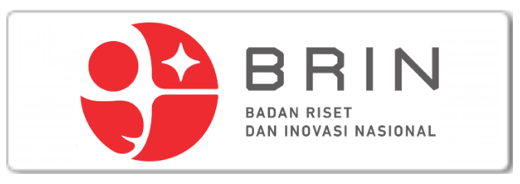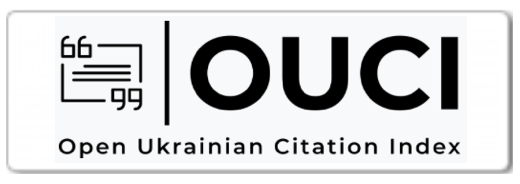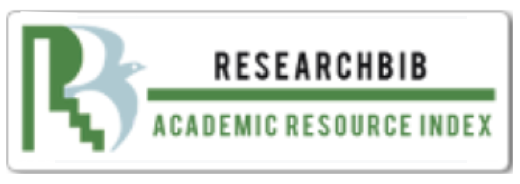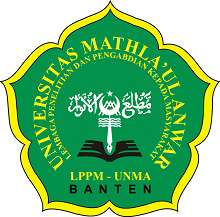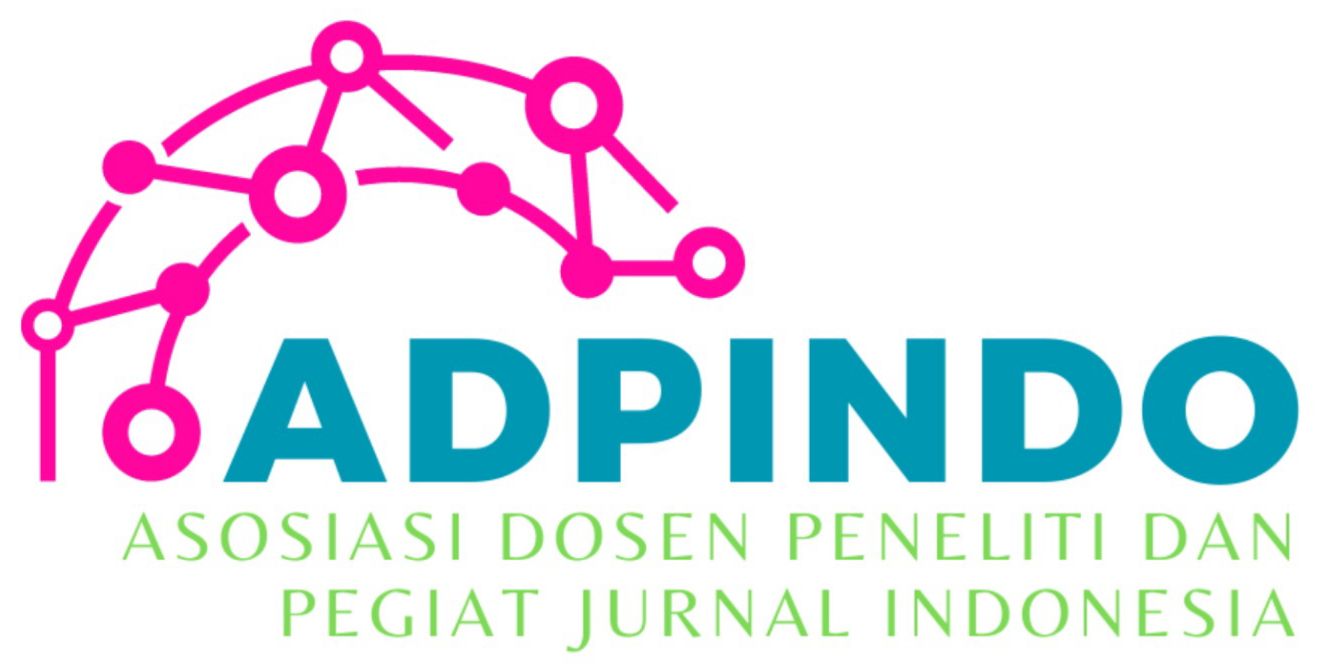THE INFLUENCE OF NIM AND NPL ON ROA AT NATIONAL PRIVATE BANKS IN INDONESIA FOR THE PERIOD 2021-2023
Main Article Content
Diki Abramsa Putra Ginting
Fenny Krisna Marpaung
The level of profitability or the capability of an institution to generate profit is a quantitative indicator used in evaluating financial performance, especially in assessing the company's ability to obtain a profit that is considered appropriate. The main focus of the preparation of financial statements lies in the achievement of this profit. This study is intended to analyze the extent to which Net Interest Margin (NIM) and Non Performing Loan (NPL) have an effect on Return on Assets (ROA) at National Private Commercial Banks in Indonesia. This study adopts a quantitative approach, with data collection techniques carried out through the documentation method. Data analysis was carried out using multiple linear regression, determination test (R²), and hypothesis testing. As the results of the regression model estimation, the equation obtained is: Y = -0.103 + 0.494X₁ - 0.234X₂. The value (R²) was recorded at 0.472, which indicates that the NIM and NPL variables explain around 47.2% of the variation in ROA, while the remaining 52.8% is influenced by other factors not included in the model. The results of the partial test (t-test) show that both NIM and NPL have a high influence individually on ROA. Meanwhile, the results of the F test show a sig. 0.000 which is <0.05, so it is concluded that collectively NIM and NPL have an influence on ROA at National Private Commercial Banks.
Abdul Rahman. (2009). Profile of Mathematical Problem Submission based on Cognitive Style. State University of Surabaya
Agus Santoso. (2010). Descriptive Effect Size Study of Research at the Faculty of Psychology, Sanata Dharma University. Research Journal. 14(I). Pp. 1-17.
Almilia, L. S and W.Herdiningtyas. 2005. Analysis of CAMEL Ratio to Prediction of Problematic Conditions in Banking Institutions for the Period 2000-2002. Journal of Accounting and Finance, Vol. 7, No. 2.
Arham, Suwandi, 2019, Omnibus Law in the Perspective of Indonesian Law, Vol 7, No. 2
Arikunto, Suharsimi. 2010. Research Procedure: A Practical Approach. Jakarta: Rineka Cipta.
Dewi, Luh Eprima., Nyoman Trisna Herawati, Luh Gede Erni Sulindawati. 2015. Analysis of the Influence of NIM, BOPO, LDR, and NPL on Profitability (Case Study on National Private Commercial Banks Listed on the Indonesia Stock Exchange for the Period 2009-2013), e-Journal S1 Ak. Ganesha University of Education Department of Accounting S1 Program, volume 3, no. 1.
Ghozali, I. (2018). "Application of Multivariate Analysis with IBM SPSS Program"Ninth Edition.Semarang:Diponegoro University Publishing Agency
Gujarati, Damodar N, (2004). Basic Econometrics, Fourth edition, Singapore. McGraw-Hill Inc.
Hasibuan, 2007 Jakarta Human Resource Management: Print 9.PT Bumi Aksara.
Kasmir, (2015), Analysis of Financial Statements. Jakarta: Rajawali Press
Muhammad Djumhana, 2006, Development of Doctrine and Theory of Intellectual Property Rights Protection, Bandung: PT. Image of Aditya Bakti.
Puspitasari, D. 2009. The Impact of Water Pollution on Environmental Health in the Perspective of Environmental Law (Case Study of Sungai Code in Wiragunan Village, Mergansan District and Prawirodirjan Village, Gondomanan District, Yogyakarta), Legal Pulpit No. 1, Vol. 21.
Sarifudin, 2005, Analysis of the Influence of Financial Ratio on Affordability: An Empirical Study on a Banking Industry Listed on the Stock Exchange, THESIS of the Master of Management Postgraduate Program UNDIP, Semarang.
Sudjana. 2005. Statistical Methods. Bandung: Tarsito
















